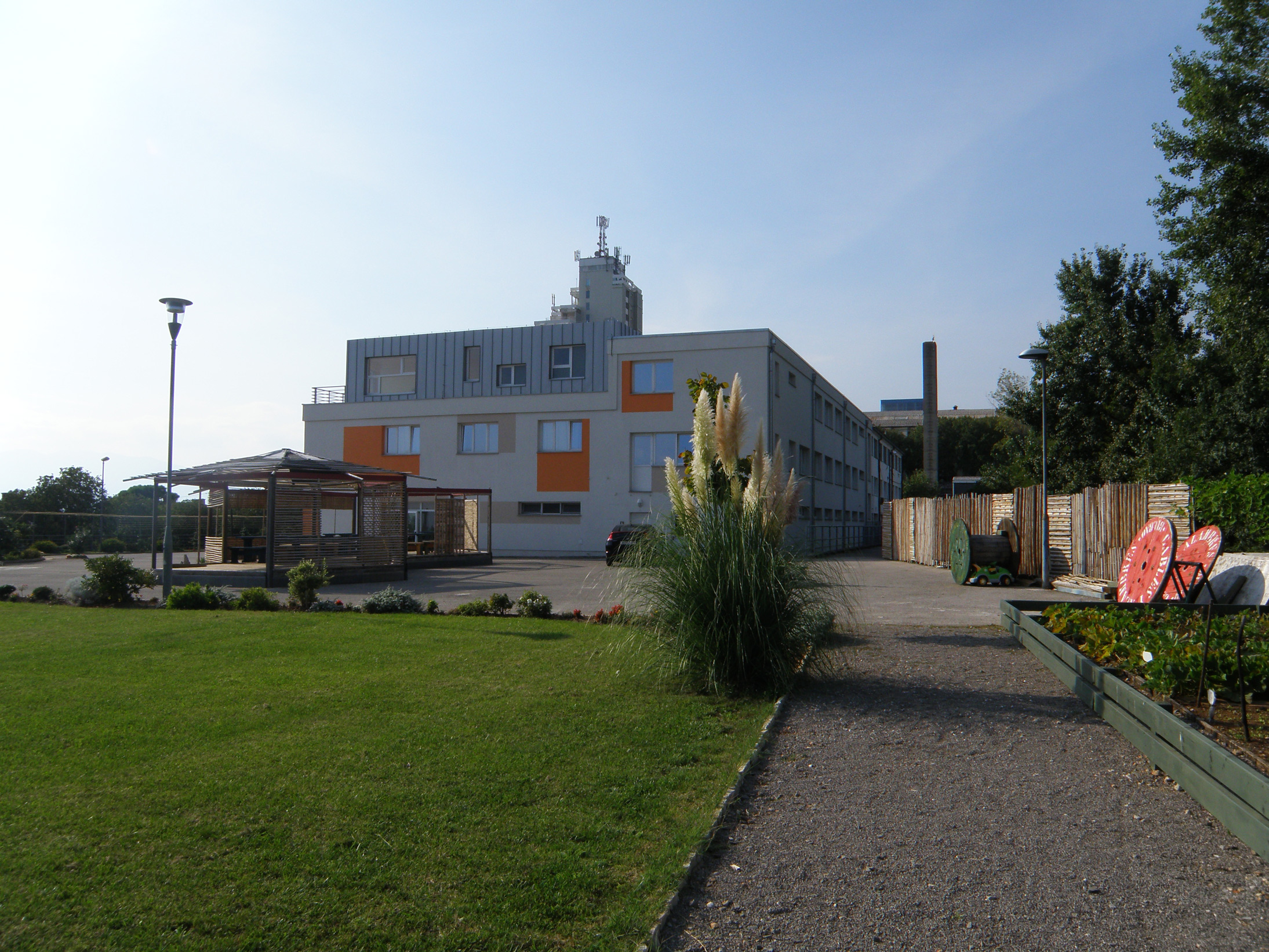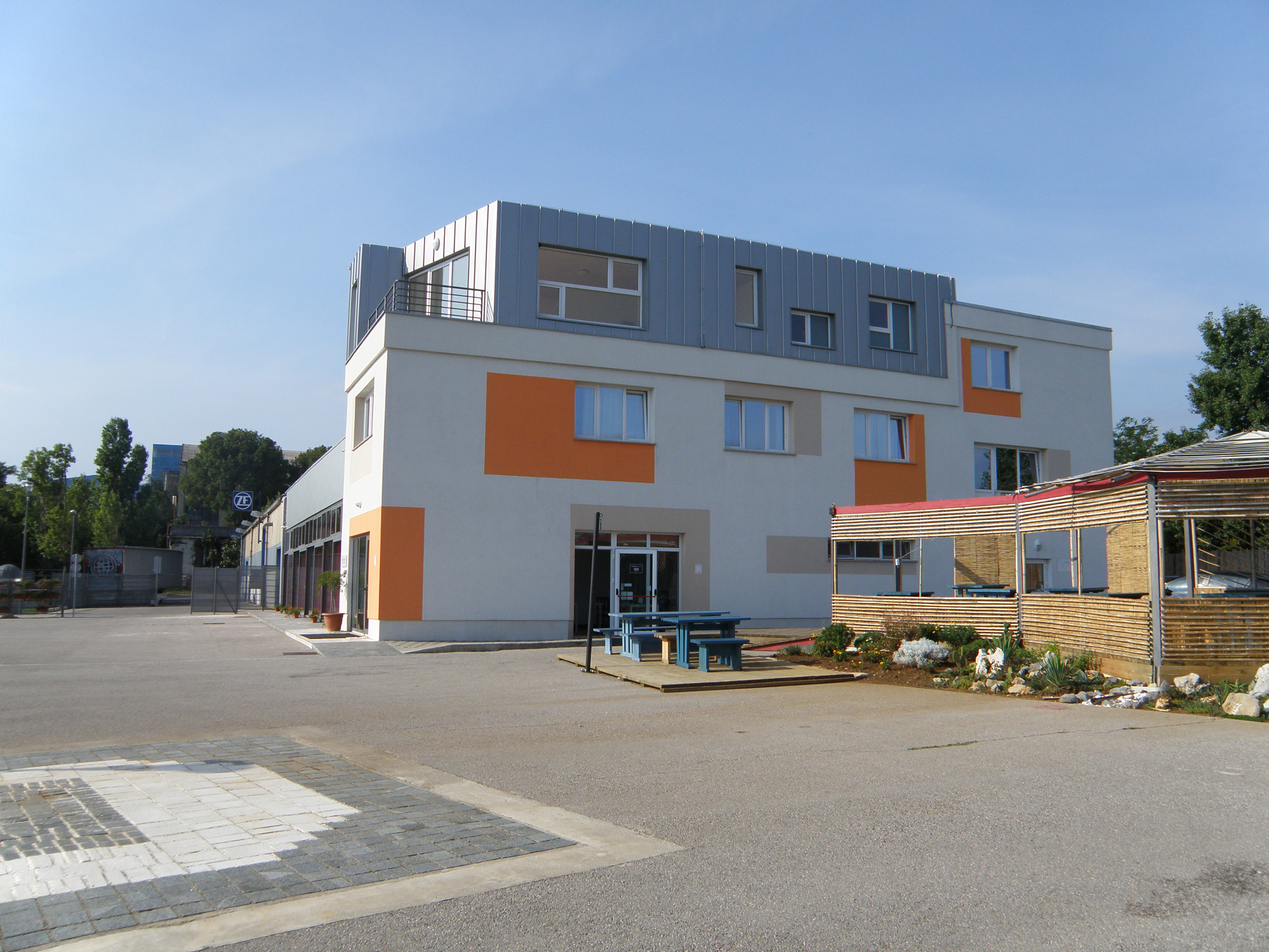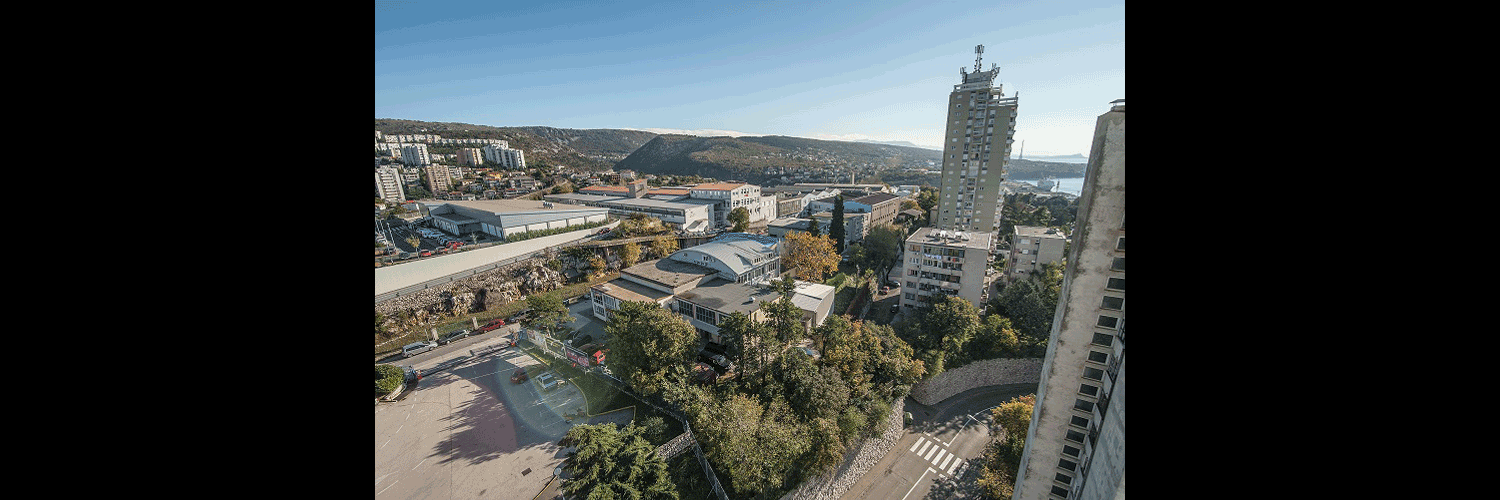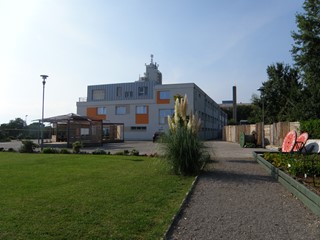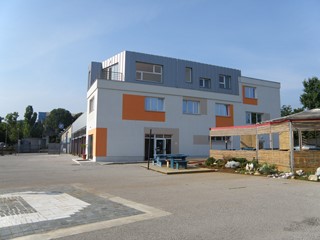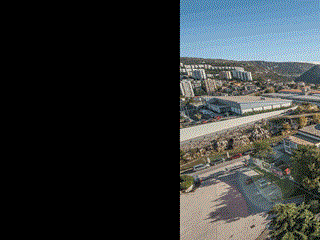Plumbum Factory, Vulkan Factory
address: Podvežica, today above the eastern part of Janka Polića Kamova StreetPeriod: Modernism
Kind: Immovable material heritage
Century: 20
Year: 1911
Purpose: industrial
The lead smelter, known as Plumbum, was located on Podvežica. The construction began shortly before World War I, when a joint stock company from Frankfurt am Main, Metallverhüttungs- und Chemische Industrie-Aktien-Gesellschaft, bought a building plot from the Podvežica land community. The built complex consisted of nine buildings. During the construction of the smelter, great attention was placed on ecological matters. Aware of the kind of work that takes place at the factory, the owners issued a proclamation related to the hygiene of workers, in which they stated that every employee was obliged to bathe at least every other day and that he had the right to use the bathing area.
Already at the very beginning of its operation, the factory established communication with the bay of Martinšćica. In 1911, a part of the coast with a port installation for the reception of ships was built in the bay in order to enable the transportation of ore to the smelter by using cargo cableways (cable railway). In addition to the cable railway and the connection to the sea at Martinšćica, the smelter had its own railway track.
Raw materials required for the operation of the company were brought from Australia and the German colonies in Africa and the lead was then exported to Germany, Austria and elsewhere. Before the war, the factory employed around five hundred workers.
The operation of the factory did not last long. With the start of World War I, the production was suspended, only to be continued shortly after the war ended. In 1923, the joint stock company for smelting metals and for chemical industry, Plumbum, was founded. In the 1920s, Plumbum again faced financial difficulties and, in 1929, the factory went bankrupt. The entire complex became ownership of the Yugoslav United Bank Inc. and was subsequently bought by the entrepreneurs Ivo Kolombo and the brothers Vitomir and Zvonimir Richtmann for the needs of their companies Kolombo & Richtmann (wholesale) and Tranzitno-prometno d.d. (freight forwarder). All activities of these companies ceased with the arrival of the Italians in 1941 and the occupation of the warehouses as temporary accommodation for the Italian troops. In 1948, the Vulkan Factory moved into the buildings of the former smelter.
The Vulkan Factory began its operation as a foundry and mechanical workshop in Ružićeva Street. At first, it was not a large company; however, with the increase of production, it was necessary to provide the plant with a larger facility. Therefore, in 1948, the Vulkan factory moved into the complex of the former lead smelter Plumbum. During this period, Vulkan specialized its product portfolio by reorienting to industrial activity related to manufacturing and maintenance of marine machinery, cranes, winches and other deck equipment and the production of steel castings for various machinery and marine engines.
The factory operated until 2000, when it went bankrupt. The complex is now partially revitalized and contains a hostel, shopping centres, a test centre for technical inspection of vehicles and more. Part of the complex space is used by the private company Vulkan-Nova, factory of cranes and ship’s equipment as the nominal successor of the former Vulkan.
Valorization:
A smaller part of the production complex has been preserved within the production which still operates in the same complex. The rest is converted with various private activities ( hostel , gym, etc.)
Bibliography:
http://www.vulkan-nova.hr/ , (14.01.2014.)
Ipšić, Nedjeljko, Sušačka luka, Sušačka revija, godina II., br. 6/7, Klub Sušačana, Rijeka, 1994.
Kolombo, Marijan, Tranzitno-prometno d.d. Sušak, od talionice metala Plumbum do tvornice Vulkan, Sušačka revija, godina II., br. 6/7, Klub Sušačana, Rijeka, 1994.
Mišković, Čedomil; Marijan Kolombo, Tranzitno-prometno d.d. Sušak, Sušačka revija, godina II., br. 6/7, Klub Sušačana, Rijeka, 1994.
Rački, Andrija, Povijest grada Sušaka, Tisak Primorskog štamparskog zavoda d.d., Sušak, 1929.

